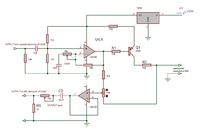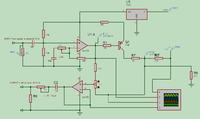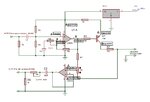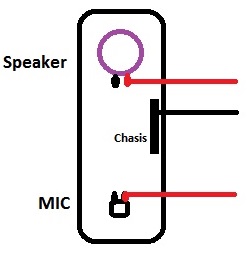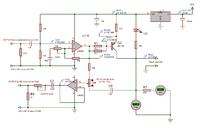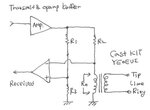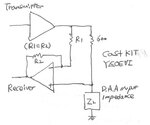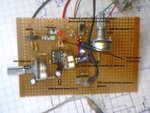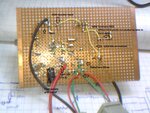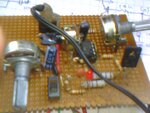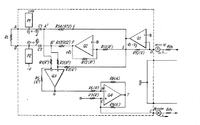Audioguru
Advanced Member level 7

- Joined
- Jan 19, 2008
- Messages
- 9,461
- Helped
- 2,152
- Reputation
- 4,304
- Reaction score
- 2,011
- Trophy points
- 1,393
- Location
- Toronto area of Canada
- Activity points
- 59,764
As per notes in the link that agree with me, you made a sidetone elimination circuit which is used to reduce feedback in a speakerphone, not an echo canceller.I made this with exact values and did not work for me.

